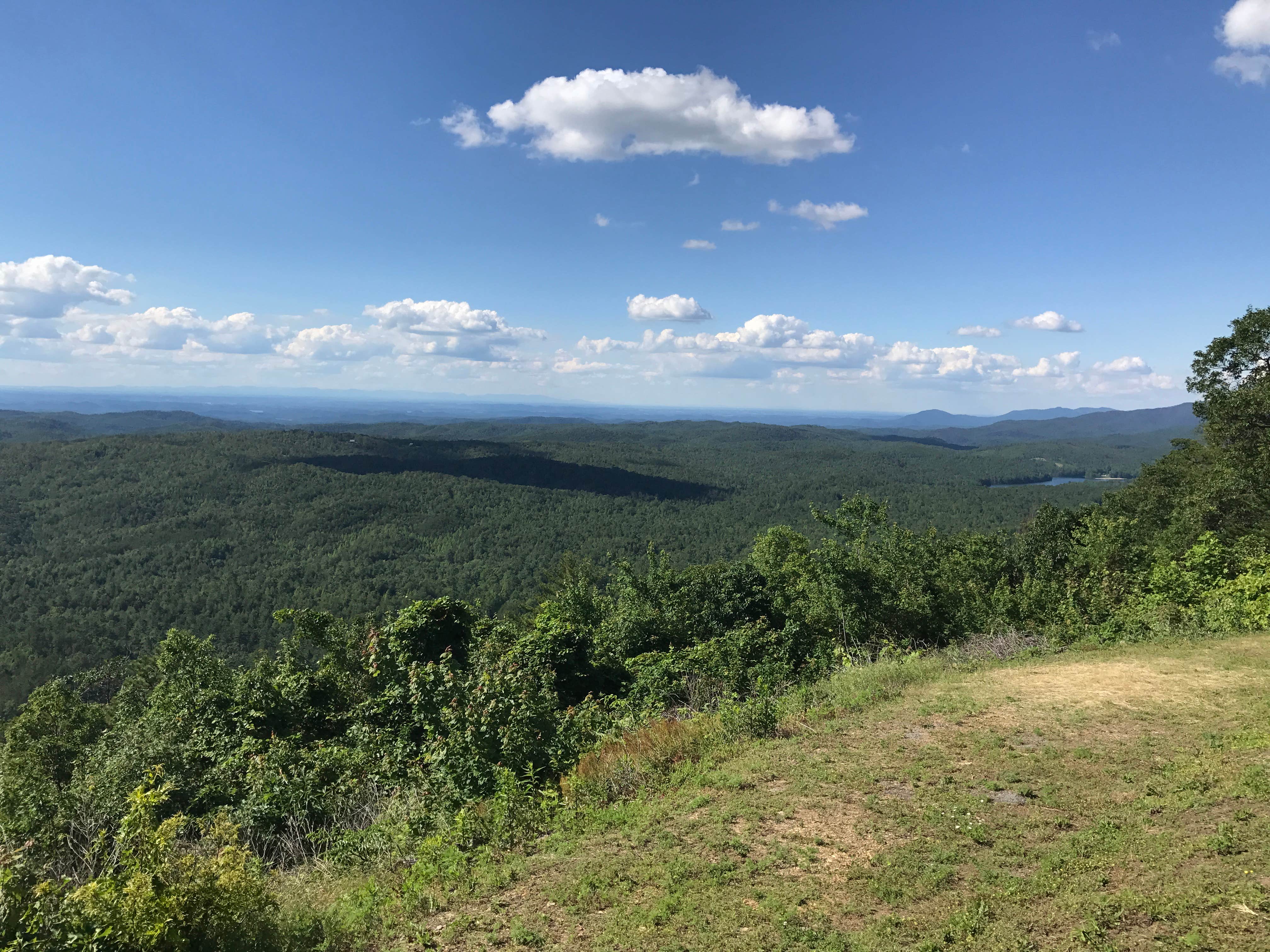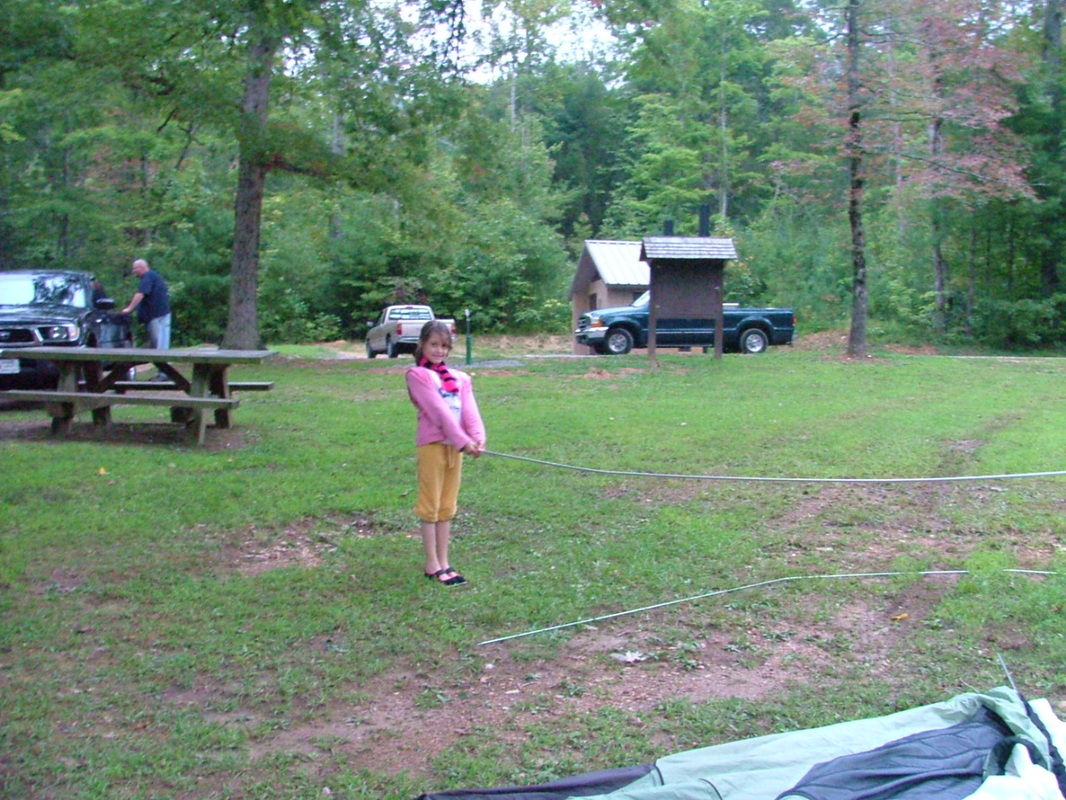

And the Cherokee Nation, by the undersigned Chiefs and Warriors representing the said nation, have agreed to the following articles, namely: ARTICLE I.
INDIAN BOUNDARY FULL
The parties being desirous of establishing permanent peace and friendship between the United States and the said Cherokee Nation, and the citizens and members thereof, and to remove the causes of war, by ascertaining their limits and making other necessary, just and friendly arrangements: The President of the United States, by William Blount, Governor of the territory of the United States of America, south of the river Ohio, and Superintendant of Indian affairs for the southern district, who is vested with full powers for these purposes, by and with-the advice and consent of the Senate of the United States. Recently established annual programs and events include The Youth Environmental Thinkers paid internship program, the Awe of Nature Festival, and Prairie Day.įor more information, or to schedule a tour, contact Debra Williams, Community Engagement Specialist, at 70.See also Note Regarding Article 5 of the Treaty of Friendship, Limits, and Navigation Between Spain and the U.S.: 1795Ī Treaty of Peace and Friendship made and concluded between the President of the United States of America, on the Part and Behalf of the said States, and the undersigned Chiefs and Warriors, of the Cherokee Nation of Indians, on the part aide Behalf of the said Nation. The Indian Boundary Prairies serve as a resource to the local community by providing a living laboratory that introduces and invites people to embrace the concept of connecting people and nature in a personal way. Primarily located within the city of Markham, or the “Prairie Capital of the Prairie State,” TNC is working to become an active member of the community by partnering with local education, religious and business representatives.

The resulting wetland and prairie ecosystems not only provide valuable habitat for wildlife such as the monarch butterfly and migratory bird species, but also help minimize negative environmental impacts such as flooding in the surrounding communities. Controlled fires are a critical management tool used to maintaining healthy grassland communities that TNC stewardship staff are incorporating into the landscape. Work is performed through invasive plant species control, woody brush removal and wetland re-creation. Stewardship staff work tirelessly year-round to improve the prairie so both plant and animal life can thrive. Gray foxes have denned on the prairie for several years. The Indian Boundary Prairies are critical habitat for other birds, such as the bobolink and eastern meadowlark. Ninety-seven bird species have been recorded, including the Virginian rail, lesser and great yellow legs, savanna sparrows, sandpipers and the state-threatened Henslow's sparrow. The smooth green snake, eastern milk snake and 11 other species of amphibians and reptiles are found here. More than 750 insect species are known to inhabit the prairies, including the Acadian hairstreak, bunchgrass skipper and dreamy dusky wing butterflies. Indian Boundary Prairies are an important sanctuary for butterflies and other animals that require large expanses of high-quality natural area.


More than 250 species of plants thrive at the prairies, including the endangered eastern prairie white fringed orchid. Unusual plants found here are small sundrops and narrow-leaved sundew. Indian grass, little bluestem and big bluestem are common, with cord grass, bluejoint grass and sedges dominating the wetter swales. Natural communities include black soil prairie, sand prairie and sedge meadow.


 0 kommentar(er)
0 kommentar(er)
